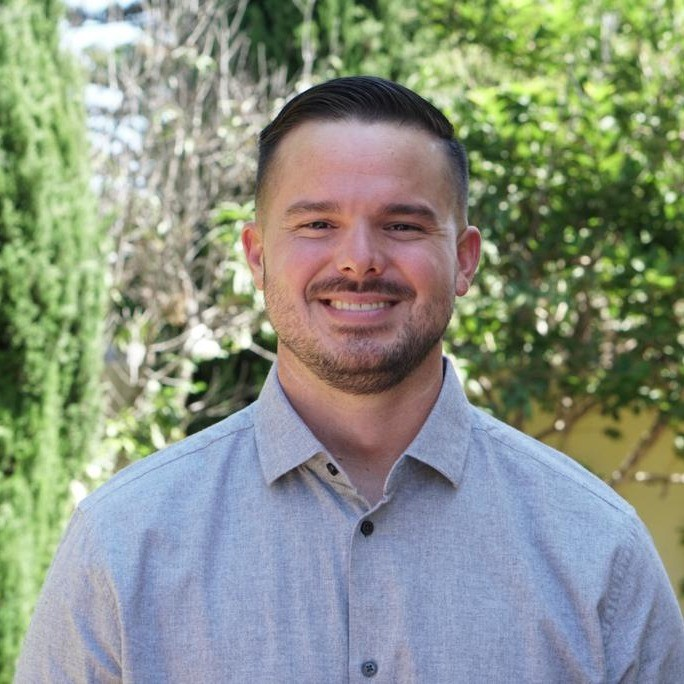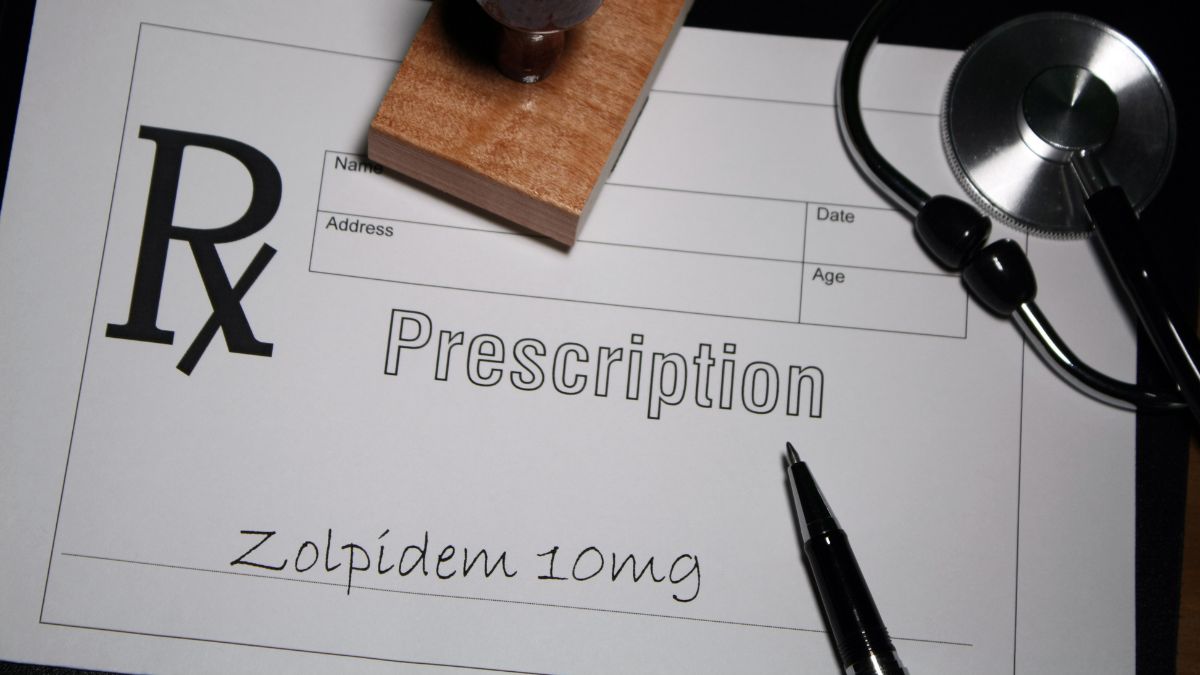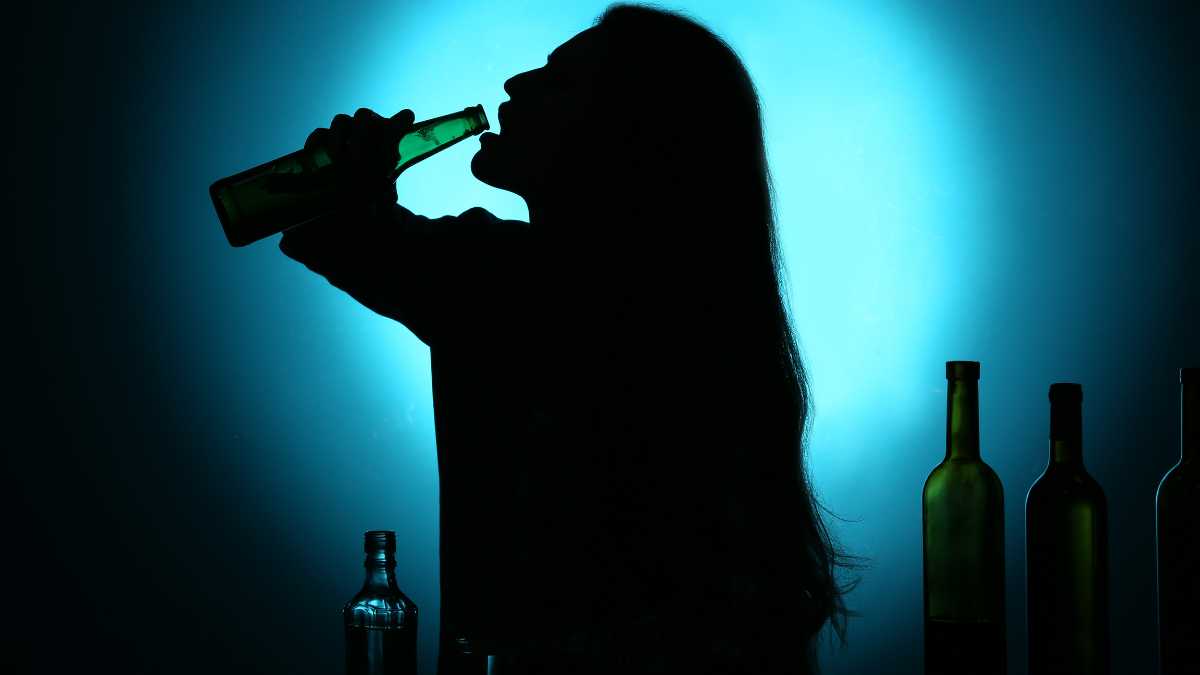Which College Consumes the Most Alcohol?
Students enter college or university with stars in their eyes - hopes, dreams, and, of course, a heart to just party and dance the night away. Central to most parties is alcohol; other drugs, too, but alcohol, in many ways, is the life of most parties. Therefore, it is little wonder that binge drinking or heavy episodic drinking to the point of a blackout or memory gaps is quite common in colleges.
It is not just the college; entire college towns are shaped by their student population. Bars, pubs, and clubs - the environment is such that just-turned-21-year-old students and even younger can easily access drinks whenever they want. In this article, we will look into the patterns behind colleges that drink the most and the biggest drinking colleges so that you can make an informed decision when you are on the cusp of entering a college or university.
Top Colleges With the Highest Alcohol Consumption Rates
The top 10 drunkest colleges (in alphabetical order) in the U.S., where the alcohol consumption rates are at an all-time high, are as follows:
- California State University (CSU) Chico
- Montana State University, Billings (MSUB)
- North Dakota State University (NDSU)
- Providence College
- Tulane University
- University of Colorado (CU)
- University of Illinois at Urbana-Champaign
- University of Texas (UT)
- University of Wisconsin-Madison
- West Virginia University (WVU).
Call Design for Recovery to Begin Your Healing Journey!
Reach out to our team to discuss sober living options and next steps toward a healthier routine.
Factors Contributing to High Alcohol Use on Campus
Binge drinking is a pattern of heavy episodic drinking that leads to blood alcohol concentration (BAC) levels of 0.08% or higher. Typically, this means five or more drinks for a male and four or more drinks for a female within a span of just two hours. This kind of drinking is more rampant in colleges or college towns. In a recent 2023 National Survey on Drug Use and Health (NSDUH), 49.6% of full-time college students between the ages of 18 and 25 years reported drinking alcohol in the past month, while an estimated 29.3% engaged in binge drinking episodes.
While it cannot be said that all kinds of drinking begin with college, as some students already have an experience with alcohol, there are many reasons why this specifically happens in college - easy access to alcohol, limited supervision from parents or college staff, loose underage drinking laws, and lots of free time. Moreover, many colleges promote alcohol consumption as something to be celebrated.
For instance, if you look into West Virginia University, which has ranked as the number one college for drinking - the locality in which it is located, Morgantown, allows anyone over the age of 18 years to grab a bottle of alcohol as opposed to the general age restriction of 21 years. Similarly, one of the biggest party towns and its university - the University of Wisconsin-Madison - has a culture of drinking closely tied to its football team, where drinks run as wild as the game. It is indeed quite telling why the Princeton Review releases a list of the top colleges with the most alcohol.
These aforementioned factors, in fact, lead to higher binge drinking rates among college students, which, unfortunately, have real-world consequences. The rates of driving under the influence are also very high among college-going students when compared to non-college-going students.
The Risks and Consequences of Excessive Drinking in College
While it might look like it is all fun and games at a college with excessive drinking, colleges with the most alcohol consumption also have their consequences. Here are a few risks and consequences that come with excessive drinking or binge drinking episodes in college:
Alcohol Use Disorder:
Alcohol is a highly misused substance with a great potential for addiction and dependence. Many using alcohol tend to develop an alcohol use disorder, with an estimated 28.9 million aged 12 and older struggling with it in the U.S. alone.
Poor Academic Performance:
The prime aim of college is academics - everything else is a part of the experience. Excessive drinking in college leads to a drop in academic performance, especially as social drinking turns into alcoholism. In fact, students who use alcohol are six times more likely to perform poorly on a test or a project when compared to students who do not.
Assault:
Alcohol is a precipitating factor in many crimes. Students are at great risk of being assaulted by someone who has been drinking heavily.
Sexual Assault:
Alcohol reduces inhibitions and leads people to behave dangerously. One of the most alarming consequences of this is sexual assault. Even though sexual assault is vastly underreported, many sexual assaults on college campuses involve alcohol. Women, specifically, are at a greater risk of this.
Death:
While alcohol use in itself can reduce life expectancy, college students are at a higher risk of premature death because of alcohol-related injuries and accidents.
How Colleges Are Addressing Alcohol Abuse?
Alcohol use on college campuses leads to real-world consequences. Therefore, colleges are addressing alcohol abuse in some of the following ways:
Education:
Education is the primary tool for change, and many colleges are implementing various educational programs to educate students about safe alcohol use and the consequences of alcohol misuse and abuse. In fact, certain colleges, like the University of Hawaii, ensure that all their students have access to an online educational program on alcohol use.
Culture:
While education is important, it only goes so far if everything else around the college campus promotes heavy drinking. So, there are targeted efforts to make changes at the cultural level as per the College Alcohol Intervention Matrix (CollegeAIM), provided by the National Institute on Alcohol Abuse and Alcoholism (NIAAA). These strategies look something like this:
- Moving toward an alcohol-free campus
- Prohibiting alcohol use at social events
- Restricting alcohol advertising and sponsorships
- Amnesty policies
- Creating campaigns that raise awareness regarding social norms
- Safe-ride programs
- Encouraging bystander interventions.
The College AIM is mainly focused on restricting alcohol access, which goes a long way in curbing excessive consumption of alcohol on college campuses. It also uses the best interventions for students, factoring in all the unique circumstances.
Recovery-Oriented Environment:
Of course, completely abstaining from alcohol is challenging for many students. So, colleges are promoting a non-judgmental recovery culture, too. Colleges launch specific programs and support groups that promote a culture of care and offer a sense of community to those who want to reach out and recover. For instance, Florida State University’s LIFT program and the University of New Hampshire’s support groups are prime examples of this.
Contact Design for Recovery Today!
Fill out our quick form to connect with a peer mentor and learn how our sober living community supports accountability, structure, and personal growth in recovery.
Tips for Students to Drink Responsibly in College
- Stick to lower quantities of alcohol. This means controlled drinking of not more than two drinks for males and one drink for females.
- Keep an eye on what you drink. Ensure that your drink is not spiked with other drugs or substances, and do not mix your drink with other substances either. Be extra careful if you are already on some kind of prescription or non-prescription medication.
- Do not drink on an empty stomach, as this leads to more adverse reactions.
- Drink plenty of water between drinks, as it will ease the effects of alcohol and even reduce cravings for the substance.
- Alcohol lowers your inhibitions, so do not engage in risky activities, like driving, swimming, and risky sex, among others.
- Drink only under safe and controlled conditions - only with your trusted friends or sober peers who can keep a check on how much you drink and ensure your safety.
Resources for Students Struggling With Alcohol Use
Alcohol is a highly appealing substance; therefore, alcohol use disorder is always a risk. If you are a college student struggling with alcohol use, you have many resources available to you. Alcohol use treatment has grown leaps and bounds, and now you can enter into outpatient rehabilitation (rehab) programs like a partial hospitalization program or an intensive outpatient program, which allow you to maintain your studies and routine while also receiving the care you need and deserve. These outpatient rehab options are just as effective as residential rehab.
Typically, alcohol use is addressed with therapeutic interventions like motivational interviewing, cognitive behavioral therapy, contingency management, and 12-step recovery programs to change the underlying patterns of substance use and equip you with productive coping strategies and life skills that allow you to manage your triggers, temptations, cravings, and other life stressors without resorting to alcohol. Medication management services are also provided to reduce cravings, withdrawal symptoms, and other symptoms related to alcohol use.
You can also look into sober living homes, which provide a substance-free, structured environment for you to stay - away from the old triggers and temptations - where you can relax and recover along with an understanding sober community. Sober living homes also encourage you to attend college during your stay there. For more information, reach out to Design For Recovery today!
Conclusion: Promoting Safer College Environments
At the end of the day, the culture of drinking at college has seeped into colleges that drink the most, impacting the way students view alcohol. So, there is a need to promote safer college environments - which primarily means restricting access to alcohol, promoting alcohol use education, and a recovery-oriented culture so that no student feels lonely in their quest for recovery.
Colleges, in many ways, are responsible for students as students are responsible for themselves. This means sowing the seeds of knowledge while also keeping an eye out for each other as everybody reaps the benefits of a safe and healthy education system.
- Which College Consumes the Most Alcohol?
- Top Colleges With the Highest Alcohol Consumption Rates
- Factors Contributing to High Alcohol Use on Campus
- The Risks and Consequences of Excessive Drinking in College
- How Colleges Are Addressing Alcohol Abuse?
- Tips for Students to Drink Responsibly in College
- Resources for Students Struggling With Alcohol Use
- Conclusion: Promoting Safer College Environments
Begin Lasting Sobriety Now!
Frequently Asked Questions
Colleges like the University of Wisconsin-Madison, West Virginia University, and the University of Texas, among others, drink the most.
Factors like easy availability of alcohol, limited parental supervision, and a culture around drinking often lead to heavy drinking among college students.
Yes, colleges where there is easy access to alcohol and limited age restrictions on drinking tend to misuse alcohol more than others.
College drinking culture varies on the basis of factors like local traditions, demographics, and economic conditions. For instance, some regions can have a culture of heavy weekend drinking, while others may promote a more controlled, social drinking culture.
Alcohol can lead to alcohol use disorder and poor academic performance, as students prioritize alcohol use over their physical and psychological well-being as well as their studies.
By engaging in education and harm-reduction strategies, students can maintain responsible drinking habits in college.
Programs based on restricted alcohol access, education, and recovery reduce alcohol abuse among college students.
Certain colleges have implemented their own recovery programs for those struggling with alcohol use, while others promote informal peer recovery groups where students can benefit from a sense of community. Meanwhile, colleges are also developing apps to promote healthy drinking habits among students.
https://www.niaaa.nih.gov/publications/brochures-and-fact-sheets/understanding-alcohol-use-disorder
https://www.niaaa.nih.gov/publications/brochures-and-fact-sheets/binge-drinking
https://www.niaaa.nih.gov/publications/brochures-and-fact-sheets/college-drinking
https://www.niaaa.nih.gov/alcohols-effects-health/alcohol-topics/alcohol-facts-and-statistics/alcohol-use-disorder-aud-united-states-age-groups-and-demographic-characteristics
https://pmc.ncbi.nlm.nih.gov/articles/PMC10853033/
https://manoa.hawaii.edu/
https://www.fsu.edu/
https://www.unh.edu/







Written By
David Beasley